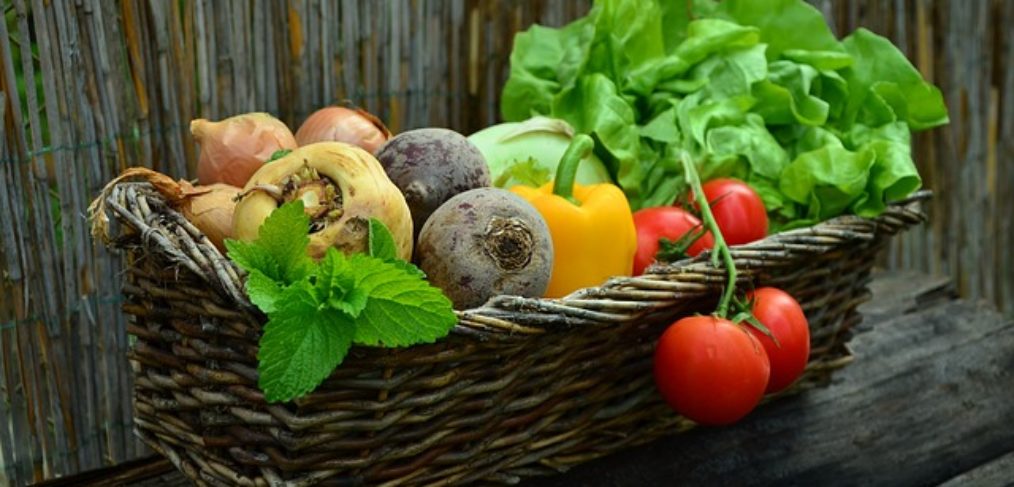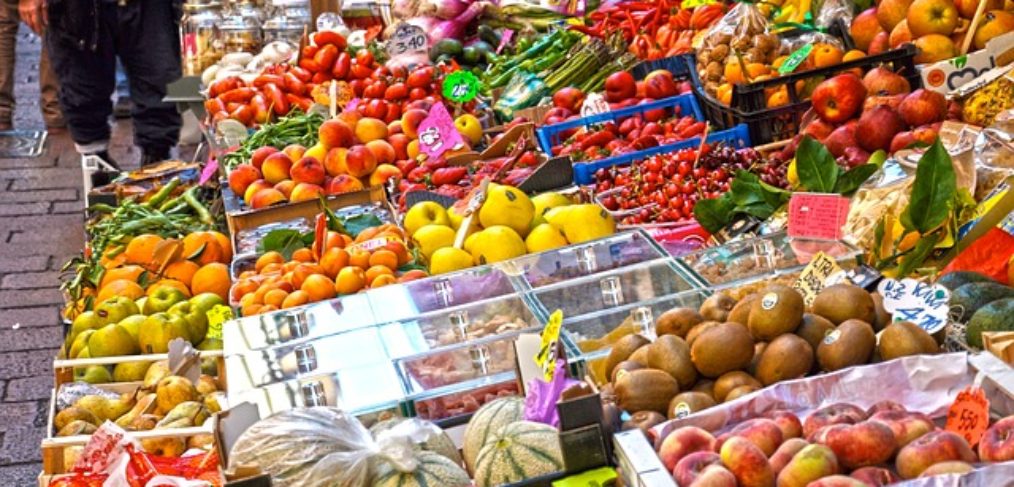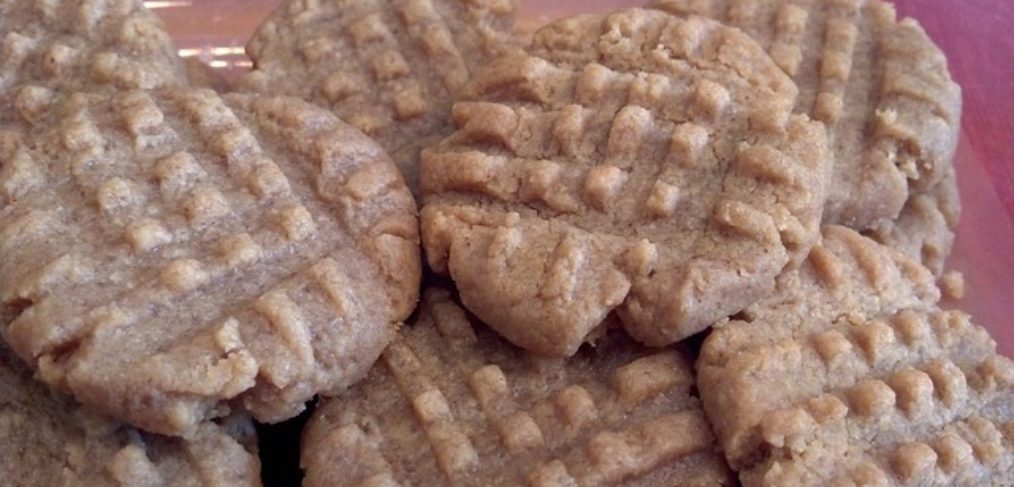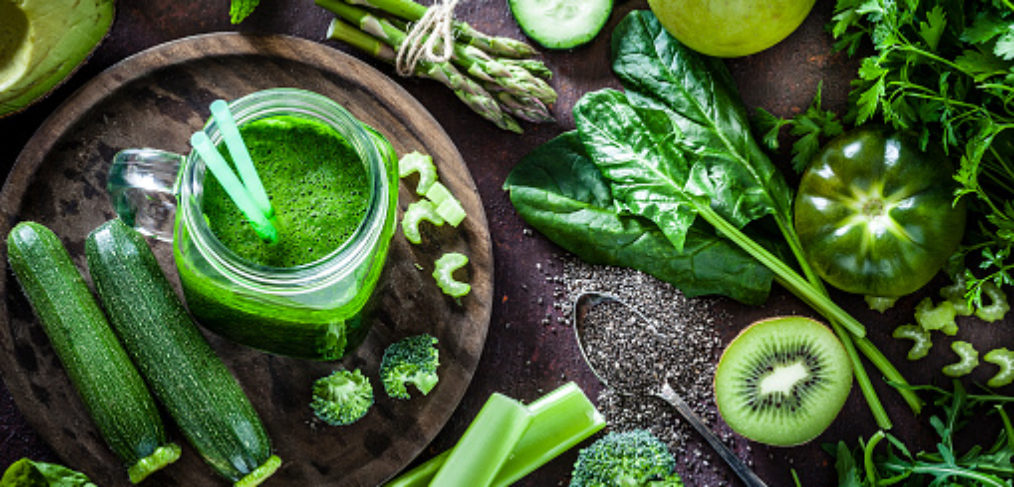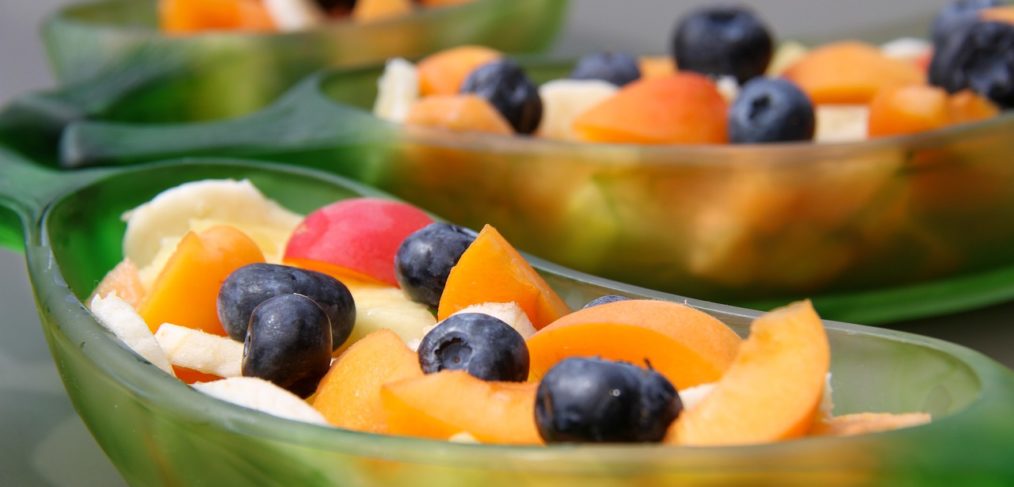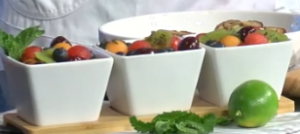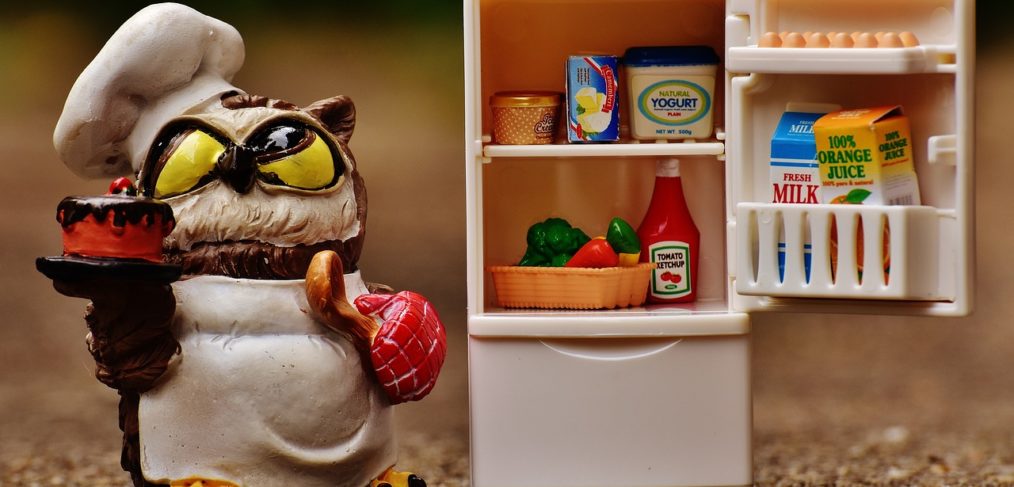The amount of carbohydrates in your diet is important. But even more important is the type of carbs you eat. While some carbohydrates may be detrimental to your health, others are vital to your well-being. Do you know which ones to eat and which to avoid?
Americans Are Carb Loaders
Measurements of the American diet indicate that 60-80% of our calories are coming from refined carbohydrates. Although carbohydrates are valuable for providing quick energy, especially to athletes, those kind of ratios leave little room for protein and fat.
Protein, of course, is the building block of the body. Not only does it help amass muscle, it is vital to create blood cells, hormones, antibodies against invading germs, and enzymes to jump start all the biochemical reactions in your body. Fat is a fuel and carrier for essential nutrients such as Vitamins A & D. It is critical in making brain cells and in forming the membrane around each cell, including the cells of the myelin sheath that protect your nerves. Fats are even more important to mitochondria, the “batteries” in your cells, because these powerhouses have two membranes.
Not getting enough protein and fat translates to a lot of fatigue and dysfunction.
However, it’s not just the quantity of carbohydrates that’s alarming. Americans are not eating the right kind of carbohydrates. They are loading up on pop, chips, crackers, cookies, and other junk snacks.
Carbs are More Than Pasta and Potatoes
In order to talk about smart carbs, we need to define “carbohydrate.” Simply, a carb is anything that’s not a protein or fat. Olive oil and ground beef are obviously not carbohydrate. But what about apples, lentils, or pumpkin seeds? A narrow view of carbohydrate says that it is pure starch or sugar. Thus, we count Wonder Bread and cane sugar as carbs. The truth is that many foods have components of all three macronutrients.
Whole milk, for example has milk fat, milk protein (casein), and milk sugar (lactose). Legumes, which vegetarians view as a protein source, are roughly 25% protein and 75% carbohydrate. Similarly, nuts tally around 25% protein and 75% fat. To make a generalization, we might say that carbs are typically foods that come from plant sources.
Are You Carb Loading Ignorantly?
Even if you are eating clean, you may still be getting too much carbohydrate in your diet. When you trade in sugar for honey or agave, you are still consuming carbohydrate. If you drink juice instead of pop, your carb count is nearly the same. All of your healthy fruits are still carbs. Not that there’s anything wrong with fruit, except that you prefer them and may eat too many servings per day. Your morning smoothie and oatmeal don’t contain adequate protein or fat. Yes, even spinach and oats are carbs.
Don’t be shocked that these foods are high carb. Just ask yourself, “Well, are they high in protein or fat? What else could they be if not carbohydrate?”
What Makes a Smart Carb?
A smart carb is one that provides needed microutrients, such as vitamins, minerals, or antioxidant agents that help the body fight off tissue damage from daily wear and tear. Smart carbs are nutrient-dense. That is to say, the nourishment to calorie ratio is very high, especially when compared to a refined food, such as a doughnut, that is low in nutrient value and high in calories. These preferential carbs contain many plant chemicals – phytonutrients – with fancy names like quercetin and lycopene, that serve special purposes in your body. Some of these purposes are to lower harmful blood lipids, decrease inflammation, and stabilize blood sugars.
3 Smart Carbs To Eat Daily
Dark Leafy Greens
Vegetables such as chard, collards, and arugula can’t be beaten in their nutrient density. You really can’t carb load on spinach because you will get full long before you’ve eaten even 50 calories.
Self Nutrition Data has developed a tool to assess the nutrient density of any given food. Under their evaluation, all dark leafy greens fall in the upper right-hand quadrant. Raw spinach has a rating of 4.5 for fullness and 5.0 for nutrition content per calorie (nutrient density).

Brightly Colored Vegetables
These visually-appealing vegetables are high in plant pigments called flavanoids. Usually Purple, red, orange, or yellow, flavanoids are notoriously beneficial as antioxidants and anti-inflammatory components. Like greens, they are quite low on the glycemic index, meaning they contain very minimal sugar and starch content. So, while contributing greatly to your nutritional status, they don’t add much to your carb count.
Sulphur-Rich Vegetables
Not as popular as other vegetables because of their strong flavor, these vegetables, however, are workhorses when it comes to detoxification. They include mushrooms, the onion family (shallots, chives, leeks, garlic, scallions), and all cruciferous vegetables. The cruciferous family includes broccoli, kale, cauliflower, turnips, cabbage, radishes, bok choy, arugula, and watercress.
These are perhaps the most important category to include daily for optimal health. A cup per meal may sound ambitious. Realistically, that quantity is employed in nutrient rehab programs such as the Wahl’s protocol.
Get Help With Your Carb Ratios
Confusion among dieters is common. Is a keto diet right for you? Do you need a low-carb diet? I can evaluate your food journal, assess your nutrient needs, and guide your food choices to help you attain optimal health.

